How To Grow Hydrangeas: The Ultimate Guide To
Hydrangeas are beautiful flowering shrubs that can add a touch of elegance to any garden. They come in a variety of shapes and sizes, and their flowers can be white, pink, blue, or purple. Hydrangeas are relatively easy to grow, but they do require some specific care requirements.
In this blog post, we will provide you with the ultimate guide to growing hydrangeas. We will cover everything you need to know, from choosing the right location to planting and caring for your hydrangeas.
Choosing the Right Location
The first step to growing hydrangeas is to choose the right location. Hydrangeas prefer partial shade, so avoid planting them in full sun. They also need well-drained soil that is rich in organic matter. If your soil is sandy or clayey, you will need to amend it with compost or manure.
Planting Hydrangeas
The best time to plant hydrangeas is in the spring or fall. When planting, dig a hole that is twice as wide and as deep as the root ball of the hydrangea. Add a few inches of compost or manure to the bottom of the hole, and then place the hydrangea in the hole. Backfill the hole with soil, and water the hydrangea thoroughly.
Caring for Hydrangeas
Hydrangeas need regular watering, especially during the first year after planting. Water them deeply once a week, or more often if the weather is hot and dry. Hydrangeas also benefit from a monthly application of fertilizer during the growing season. Use a balanced fertilizer, such as 10-10-10, or a fertilizer specifically formulated for hydrangeas.
In the fall, after the hydrangeas have finished blooming, you can prune them back. This will help to shape the plant and encourage new growth the following year.
Controlling Pests and Diseases
Hydrangeas are relatively resistant to pests and diseases. However, they can be susceptible to aphids, scale, and powdery mildew. If you see any signs of pests or diseases, treat them immediately with an appropriate pesticide or fungicide.
Enjoying Your Hydrangeas
With proper care, hydrangeas will thrive in your garden for many years. They are a beautiful and rewarding addition to any landscape.
Hydrangeas are beautiful, versatile shrubs that can add a touch of elegance to any garden. They come in a variety of colors, from white to pink to blue, and can be grown in a variety of climates. If you're looking for a perennial hydrangea to add to your garden, Home Gardening is a great resource. They offer a wide selection of hydrangeas, as well as detailed information on how to care for them.
To learn more about hydrangea perennials, visit Home Gardening today.
FAQ of hydrangea perennial
- What is a hydrangea perennial?
A hydrangea perennial is a type of hydrangea that lives for more than two years. There are many different types of hydrangea perennials, but they all share some common characteristics. They typically have large, showy flowers that bloom in the summer. Hydrangea perennials are also relatively easy to care for, making them a popular choice for gardeners of all levels of experience.
- When do hydrangea perennials bloom?
The blooming time of hydrangea perennials varies depending on the species and variety. Some hydrangeas bloom in early summer, while others bloom in late summer or fall. Some hydrangeas even bloom twice a year. The color of the flowers also varies depending on the species and variety. Some hydrangeas are white, while others are pink, blue, or purple.
- How do I care for a hydrangea perennial?
Hydrangea perennials are relatively easy to care for. They need full sun or partial shade and well-drained soil. They should be watered regularly, especially during the hot summer months. Hydrangeas also benefit from being fertilized in the spring and fall.
- How do I deadhead hydrangea perennials?
Deadheading is the process of removing spent flowers. This helps to encourage new growth and flowering. Hydrangea perennials can be deadheaded in the fall or winter.
- How do I overwinter hydrangea perennials?
In most climates, hydrangea perennials do not need to be overwintered. However, in colder climates, they may need to be protected from the cold. This can be done by covering the plants with a burlap sack or other protective material.
- How do I propagate hydrangea perennials?
Hydrangea perennials can be propagated by division, cuttings, or layering. Division is the most common method. To divide a hydrangea, simply dig up the plant and separate it into two or more smaller plants. Cuttings can be taken from new growth in the spring or summer. Layering involves bending a branch down to the ground and covering it with soil. The branch will eventually root and form a new plant.
- What are some common problems with hydrangea perennials?
The most common problems with hydrangea perennials are pests and diseases. Some common pests include aphids, scale, and spider mites. Some common diseases include leaf spot, powdery mildew, and verticillium wilt. If you notice any problems with your hydrangea, it is important to take steps to correct the problem immediately.
Image of hydrangea perennial
- Hydrangea macrophylla in shades of blue, pink, and white.
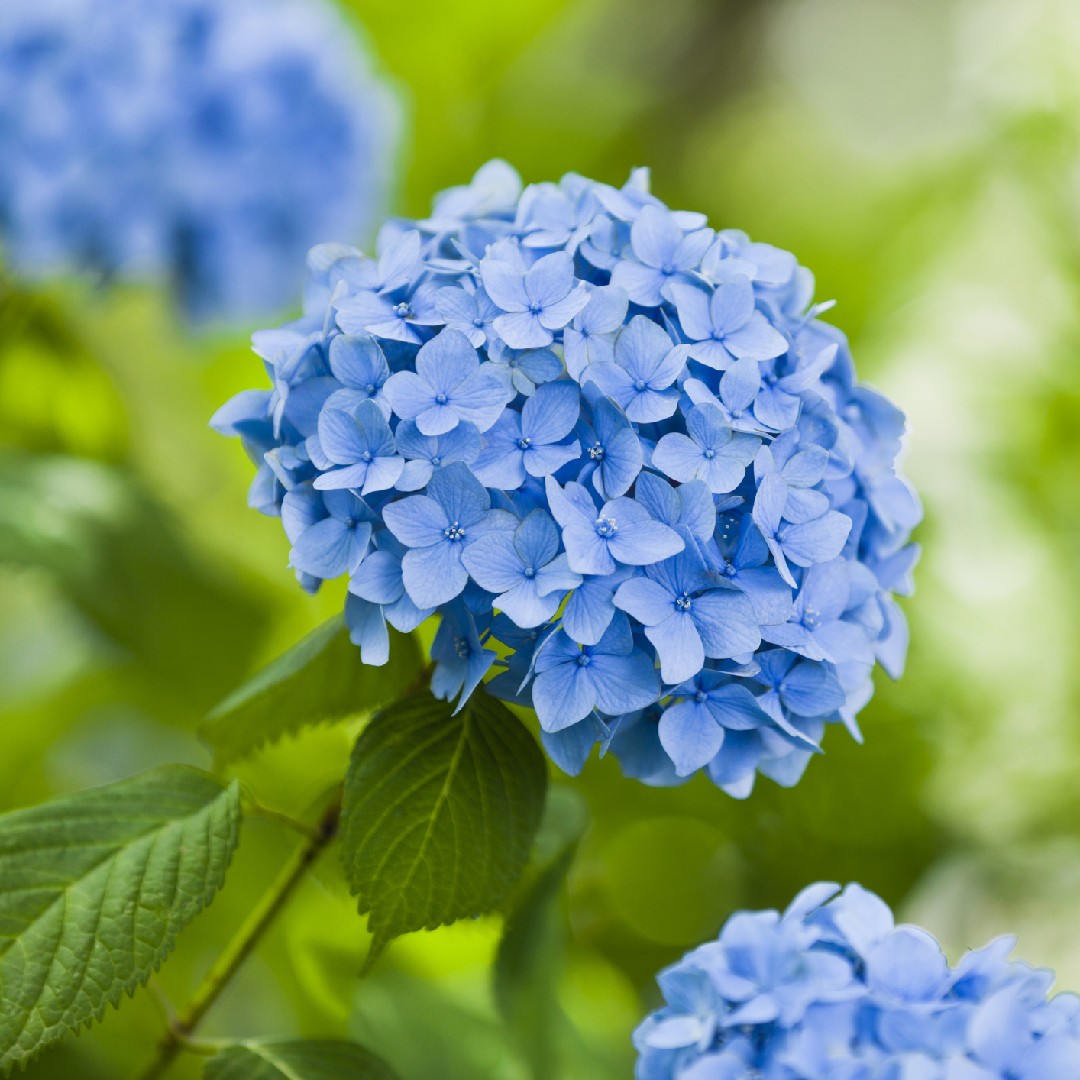
- Hydrangea paniculata in white and pink.
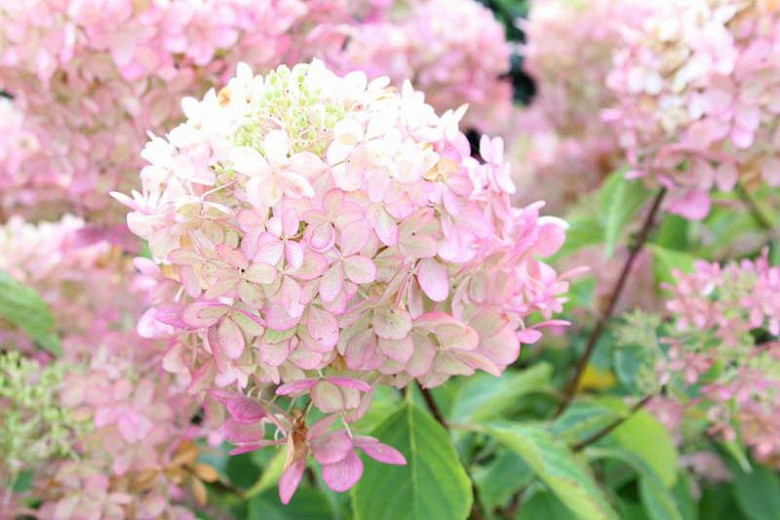
- Hydrangea arborescens in white.
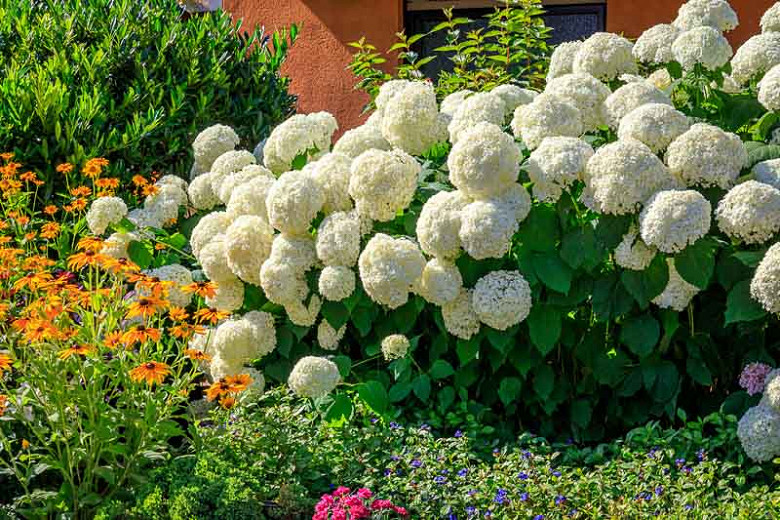
- Hydrangea quercifolia in shades of green, blue, and pink.
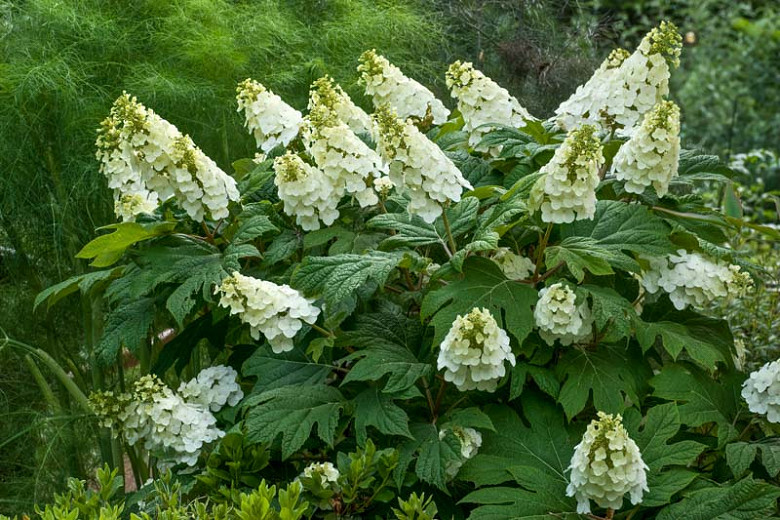
- Hydrangea serrata in shades of blue, pink, and white.

- Hydrangea involucrata in shades of blue and pink.
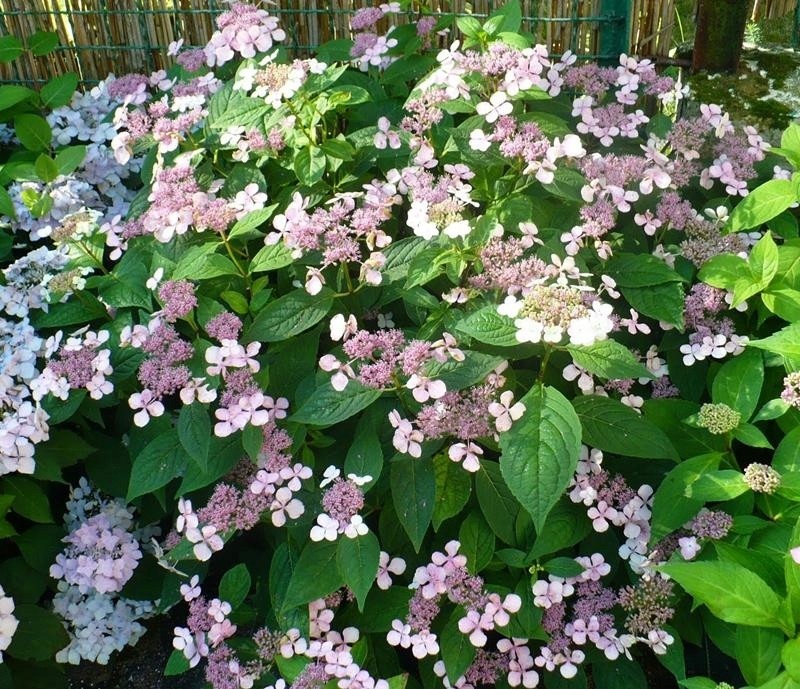
- Hydrangea petiolaris in shades of white.

- Hydrangea aspera in shades of blue and pink.
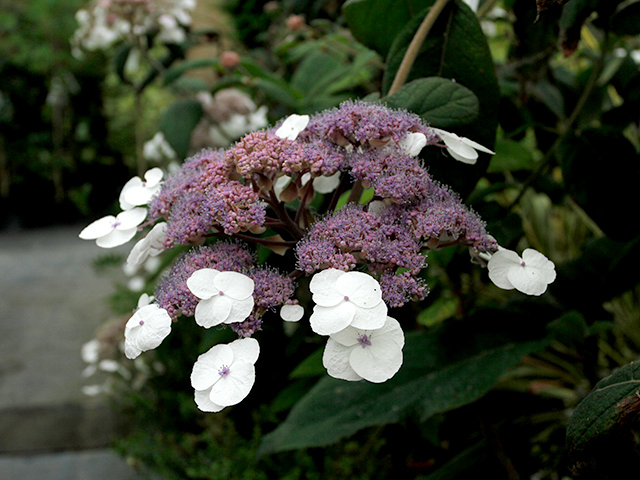
- Hydrangea villosa in shades of white.

- Hydrangea serrata subsp. sargentiana in shades of blue and pink.

Post a Comment for "How To Grow Hydrangeas: The Ultimate Guide To"